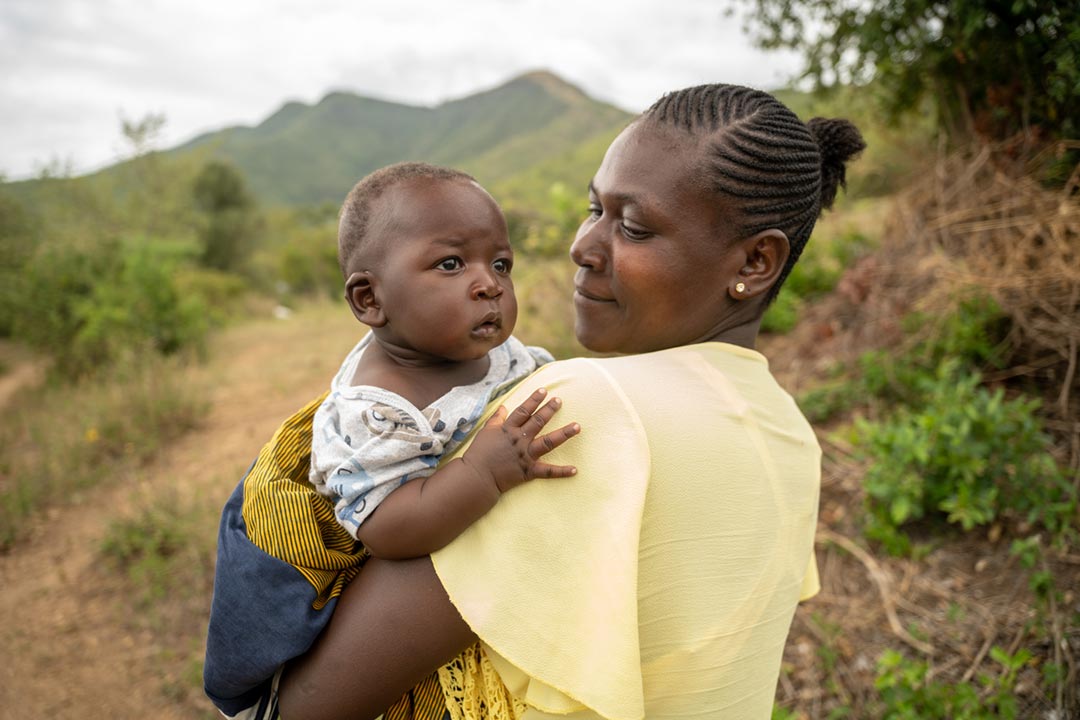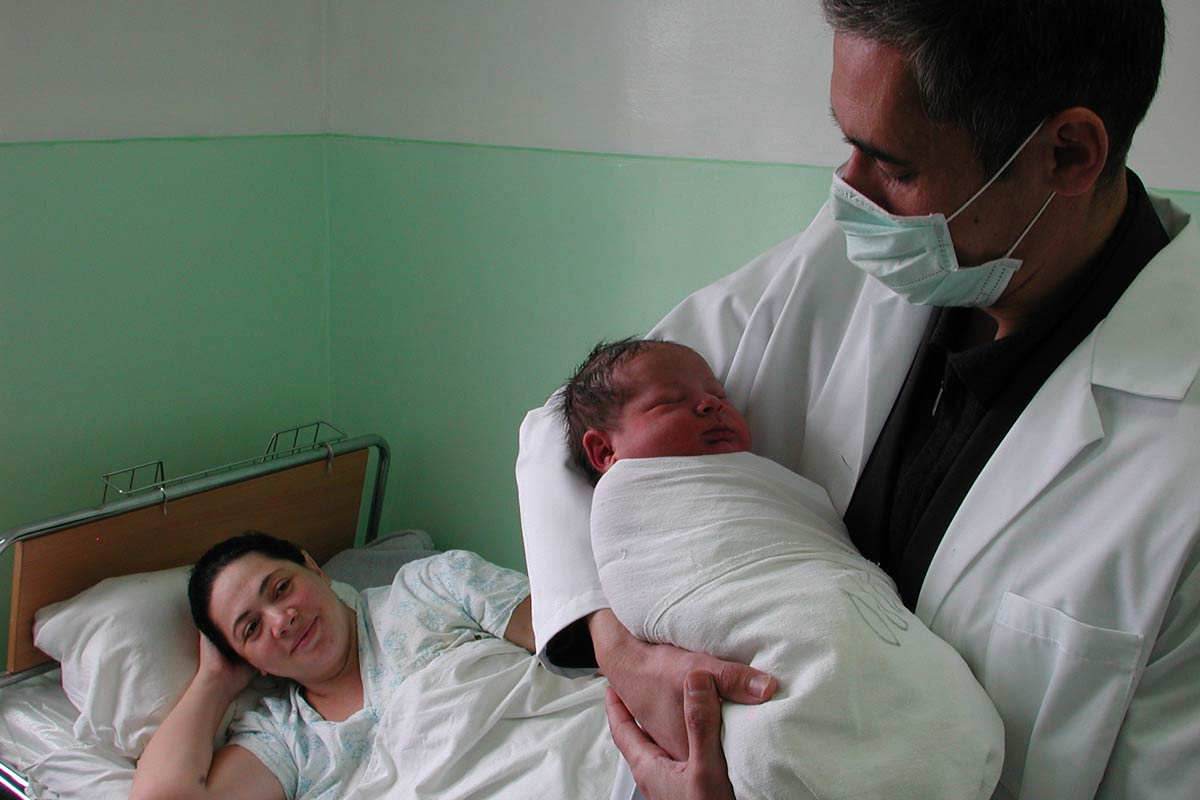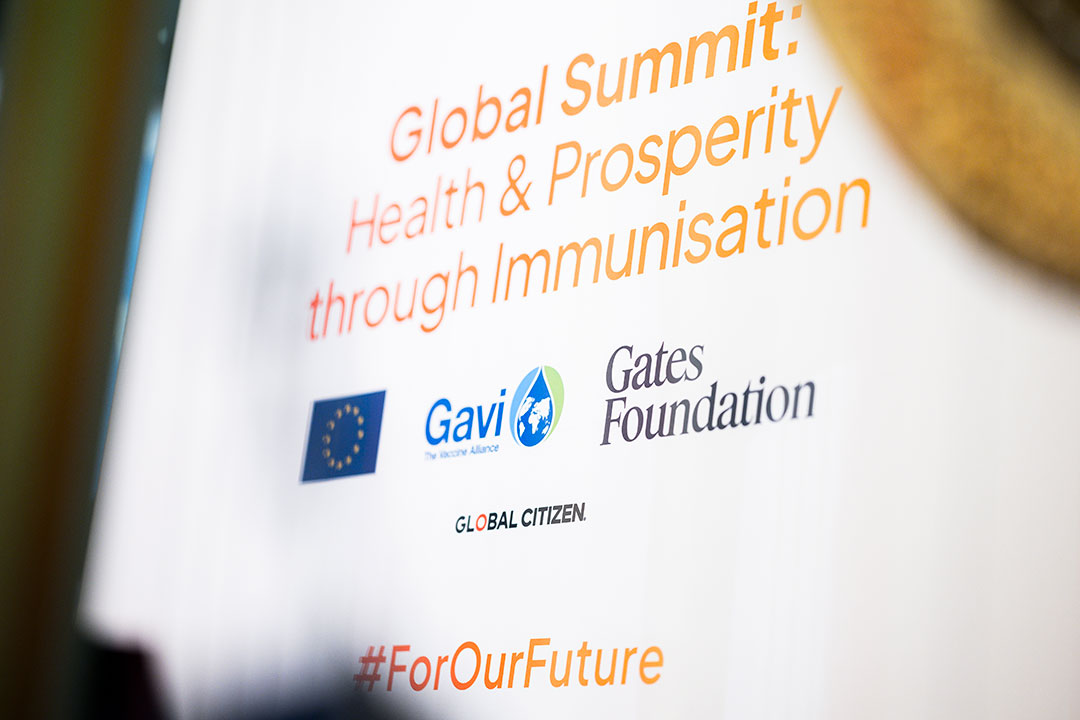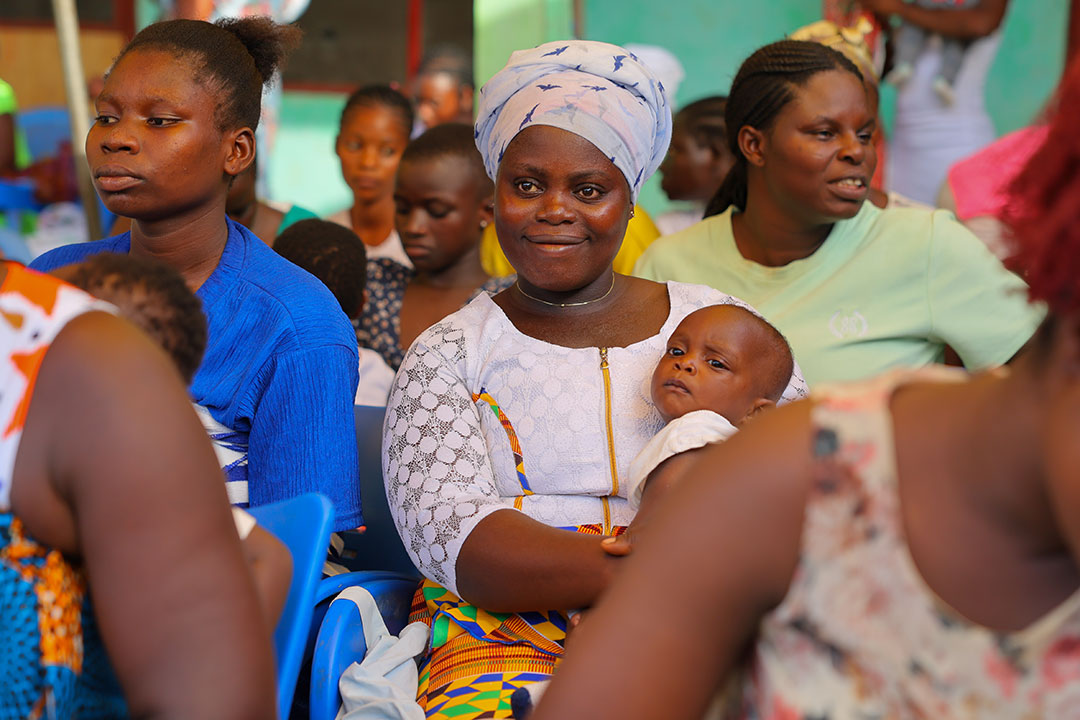RTS,S vaccine pilot: 13% mortality reduction fuels hope for malaria control
Four years since the first children received the world’s first malaria vaccine as part of routine immunisation programmes, important questions about the real-world impact of the RTS,S/AS01 malaria vaccine are being answered.
- 7 November 2023
- 6 min read
- by David Holmes

A substantial reduction in deaths from all causes in children eligible for vaccination, a robust safety profile and no discernible reduction in the use of other anti-malaria interventions were just some of the highlights from a showcase of new results from the first large-scale implementation pilot of the RTS,S/AS01 malaria vaccine.
Data from the evaluation of the pilot introduction of the RTS,S/AS01 malaria vaccine reportedly show that the vaccine reduced mortality from all causes by 13% in children in the age group eligible for vaccination.
The results point to the potential of RTS,S/AS01 and the similar R21/MatrixM malaria vaccine to save “tens of thousands of lives each year” if broadly implemented, says Mary Hamel, WHO’s head of the Malaria Vaccine Implementation Programme (MVIP), which coordinated the country-led pilot in Ghana, Kenya and Malawi.
Data from the evaluation of the pilot introduction of the RTS,S/AS01 malaria vaccine reportedly show that the vaccine reduced mortality from all causes by 13% in children in the age group eligible for vaccination.
Notably, the reduction in mortality was achieved during a period of vaccine scale-up, and therefore at what would be considered a modest rate of vaccine coverage – approximately 65–70% of eligible children (who were at least five months at the time of their first dose) received three doses of the vaccine, and fewer than 50% received the fourth and final dose.
“You can imagine what could happen if we are getting about 80% or 90% coverage, as we see with other immunisation programmes,” says John Bawa, PATH Malaria Vaccine Implementation Lead for West Africa. Bawa chaired the symposium at which the results were presented as part of the Annual Meeting of the American Society of Tropical Medicine and Hygiene (ASTMH) in Chicago, USA. “What it means,” notes Bawa, “is that more children are going to be saved from death in Africa.”
More good news
In addition to the significant reduction in all-cause mortality, the vaccine was also responsible for a 22% reduction in hospitalisation for severe clinical malaria in children eligible for the vaccine, representing not only a marked reduction in suffering for children and their families, but also considerable cost savings to the health care system, notes Hamel.
"Gavi has approved support for 18 countries to introduce the vaccine from 2024 onwards, and at least 28 countries in Africa plan to introduce the vaccine"
– Stephen Sosler, Head of Vaccine Programmes for Gavi, the Vaccine Alliance
Early findings from the MVIP informed WHO’s landmark decision to recommend RTS,S/AS01 for use in October 2021, and these latest data bolster those initial conclusions. The introduction of the vaccine has had no negative impact on the uptake of other routine vaccines, use of insecticide-treated bed nets or health-seeking behaviour.
Crucially, safety monitoring of the vaccine has helped build further confidence in the vaccine. The MVIP included a rigorous evaluation of vaccine’s safety to assess safety signals that had been detected in a previous large multisite Phase 3 trial of the vaccine, but that were thought to be chance occurrences. By two years after vaccine pilot introductions and after more than two million vaccine doses administered, evidence showed those earlier safety signals were not related to the vaccine.
Have you read?
The new data, after more than six million doses have been administered, reinforce that conclusion. Demand for the vaccine was high from community health workers and parents, but “safety concerns about malaria vaccines would have lingered had it not been for this pilot,” notes Hamel.
In addition to answering questions about the real-world public health impact of the RTS,S/AS01 vaccine, the MVIP pilot has helped to lay the groundwork for the introduction of other future malaria vaccines such as R21/MatrixM, says Hamel. MVIP evidence fed into the review process that resulted in the widely celebrated WHO decision in early October to recommend the R21/MatrixM vaccine to prevent malaria in children, making it the second malaria vaccine to have overcome that crucial hurdle.
The US$ 70 million pilot implementation of the RTS,S/AS01 vaccine, which will be completed at the end of 2023, is funded by Gavi, The Global Fund and UNITAID, and coordinated by WHO in collaboration with the ministries of health in pilot countries, PATH, GlaxoSmithKline, UNICEF and Africa-based evaluation partners.
“Gavi has approved support for 18 countries to introduce the vaccine from 2024 onwards, and at least 28 countries in Africa plan to introduce the vaccine,” says Stephen Sosler, Head of Vaccine Programmes for Gavi, the Vaccine Alliance. “Moreover, the MVIP pilots have captured important lessons for countries as they plan their own vaccine introductions and give us even more confidence that malaria vaccines can be a powerful and effective new tool when introduced alongside other existing control measures in the context of comprehensive malaria control and prevention,” he notes.
The path to implementation
Noting the high demand and potential for high impact with broad implementation of malaria vaccines, WHO streamlined processes to assure expert review of R21/MatrixM data as soon as they were made available, while not cutting any corners on assessment of safety or efficacy, notes Hamel. An important next step following the WHO recommendation includes the completion of the ongoing WHO prequalification process to enable international procurement of the vaccine by Gavi and UNICEF.
"If countries are able to come on board rapidly, with either the RTS,S or R21 malaria vaccine in the next few years, what it means is that more children are going to have access and more lives are going to be saved."
– John Bawa, PATH Malaria Vaccine Implementation Lead for West Africa
At the country level, explains Bawa, countries and national regulatory authorities have their own approval and registration processes to conclude, not to mention the detailed and complex processes of planning and preparation for the training, sensitisation, coordination, and cold chain infrastructure that need to be in place before a vaccine can be deployed in communities.
“It doesn’t come easy”
“What’s important here is that it doesn’t come easy, but it can be done,” says Bawa. “There was a lot of concerted effort, a lot of capacity building that has gone into the pilot countries, and countries coming on board can benefit from lessons learned in vaccine introductions in the three countries to have the same kind of impact that we are seeing in the pilot.”
For Bawa, the battle against malaria is deeply personal, having lost one of his younger siblings to the disease when he was a child. “A child dies from malaria in Africa nearly every minute,” he notes, and he calls for additional support for countries to accelerate the introduction of malaria vaccines alongside boosting the use of existing measures.
“It does cost money, there’s no way around that,” says Hamel, but the vaccines present “an important opportunity” to get malaria control efforts back on track after several years of stalled progress.
“If countries are able to come on board rapidly, with either the RTS,S or R21 malaria vaccine in the next few years, what it means is that more children are going to have access and more lives are going to be saved,” Bawa concludes.






